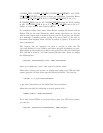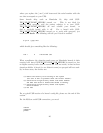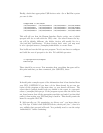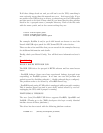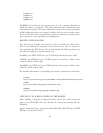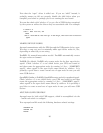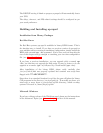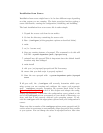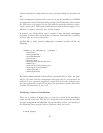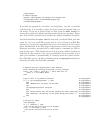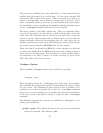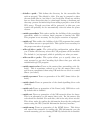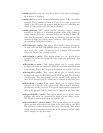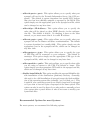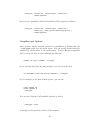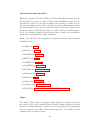without redoing the configuration process by simply editing the apcupsd.conf
file.
Other configuration options can be used to set up the installation of HTML
documentation and optional modules, notably the CGI interface that enables
the UPS state to be queried via the Web and the optional powerflute curses-
based control panel. Still others enable features such as thread support. You
will find a complete reference later in this chapter.
In general, you will probably want to supply a more elaborate configure
statement to ensure that the modules you want are built and that everything
is placed into the correct directories.
On Red Hat, a fairly typical configuration command would look like the
following:
CFLAGS="-g -O2" LDFLAGS="-g" ./configure \
--enable-usb \
--with-upstype=usb \
--with-upscable=usb \
--prefix=/usr \
--sbindir=/sbin \
--with-cgi-bin=/var/www/cgi-bin \
--enable-cgi \
--with-css-dir=/var/www/docs/css \
--with-log-dir=/etc/apcupsd \
--enable-pthreads \
--enable-powerflute
By default, make install will install the executable files in /sbin, the man-
uals in /usr/man, and the configuration and script files in /etc/apcupsd. In
addition, if your system is recognized, certain files such as the startup script
and the system halt script will be placed in appropriate system directories
(usually subdirectories of /etc/rc.d).
Verifying a Source Installation
There are a number of things that you can do to check if the installation
(make install) went well. The fist is to check where the system has installed
apcupsd using which and whereis. On my Red Hat system, you should get
the following (lines preceded with a $ indicate what you type):
$ which apcupsd
33



